Yeast Explained
 January 23, 2010
January 23, 2010 Have you ever wondered which yeast you should use when baking? What's the difference between active dry yeast and instant yeast? What the heck is compressed yeast and fresh yeast? Can you use Rapid Rise yeast if a recipe calls for active dry yeast? I'm going to clear it up for you and demystify the whole yeast question.
I use yeast a lot. We make homemade pizza once a week, I'm always making focaccia and other breads and my yeast of choice is instant dry yeast. I have no brand loyalty on this - I buy Rapid Rise or Quick Rise, whatever the store has. I prefer instant yeast becuase it requires no proofing and is more reliable. I keep it in the refrigerator but I try to bring it to room temperature before I use it. Let me explain why I use the instant kind.
First of all, there are basically two kinds of yeast - fresh, compressed yeast in cakes and dry yeast. Fresh yeast is something most people do not use anymore and many stores don't bother to carry it. It has a very short shelf life (two weeks or less) and is highly perishable. Because of this, manufacturers developed dried yeast, or "active dry yeast." It enables yeast to be stored for a long time. In this particular drying process, some yeast cells are killed and so that is why it is best to "proof" active dry yeast in some warm liquid, to make sure that enough yeast cells are still alive to do the trick with your dough. Manufacturers got even more clever and came up with a different drying process, one that left a whole lot more yeast cells alive - this is "instant dry yeast", better known as Rapid Rise (Fleischmann's brand) or Quick Rise (Red Star brand) or Perfect Rise (SAF brand). They do not require proofing or rehydration to work. They are designed to be added right in with your dry ingredients. These instant dry yeasts are all the same thing and are packaged the same, also - in 1/4 ounce little envelopes. Instant, or quick rising yeasts, will do the job of rising your doughs about 50% faster. They are more stable and reliable and a lot of people prefer them. Also, the yeasts that are labeled "For Bread Machines" are instant yeasts.
Are they interchangeable? Remember, the biggest difference is that active dry yeast needs to be proofed and instant yeast does not. Aside from that, you can substitute one for the other in a recipe - you just use a little less instant yeast if a recipe calls for active dry yeast. Peter Reinhart, the Zen master of bread baking, actually prefers instant dry yeast because it is easier to use, it's stronger and you need less of it. In fact, he believes instant yeast will be the most used someday because of all of its strong points. His formula for switching them is this:
Multiply the amount of instant yeast by 1.25 for the equivalent of active dry yeast.
Basically, you use 25% less of instant yeast than active dry. Frankly, I'm very loosey goosey with my yeast measuring. Because I use instant yeast and I don't have to proof it, I know it's going to do the trick, no matter if I use 1 teaspoon or 1-1/2 teaspoons. I usually just eyeball it in my hands, unless I'm making a recipe that I am not familiar with and then I actually get out the measuring spoons. But I've made focaccia and pizza dough hundreds of time and I'm beyond measuring. See? It's not that scary. Instant yeast will just make your dough rise faster.
Why use active dry yeast, then, over instant yeast? Some people believe they can taste the difference, but this is really in the rising times, not which yeast you use. The less yeast that goes into a dough and the longer the dough rises, the better the flavor the dough will have. Bakers know slow rises are better for taste, but, as I said, this is a function of the length of time the dough is allowed to rise, not which type of yeast you use. Remember, yeast is yeast is yeast. It's all the same - if you want a slow rise and you are using instant yeast, just use less.
To Further Convince You:
Judith Jones (the editor who originally got Julia Child published) writes a funny story about the yeast debate in her book, "The Tenth Muse - My Life in Food". She recounts working with the legendary Marcella Hazan in her early days on a cookbook and clashing with her over the use of acive dry yeast. Marcella insisted on using fresh, compressed cake yeast but Judith Jones thought this was not practical for the average American home cook and suggested the recipe call for the more modern active dry yeast. Marcella was doubtful, saying that the taste would not be right. She insisted they do a taste test and so she baked breads with both kinds of yeast. No one (not even the great James Beard, who was invited to take part) could tell the difference between the breads.
Some helpful notes on using yeast:
Instant Yeasts are Rapid Rise (Fleischmann's), Perfect Rise(Red Star) and Quick Rise (SAF). They're all the same thing.
No rehydration is required of instant yeasts. Fleischmann's says on their web site that RapidRise™ yeast actually loses its fast rising capabilities if dissolved in liquid, and will require two complete rises. I assume that holds true for other instant yeasts. In reality, I do this all the time and have never had any problems. But when I add the yeast into the water, I don't let it sit there very long - I add the dry ingredients right away.
Active Dry yeast has larger granules and is necessary to dissolve completely for the yeast to work. Therefore, Active Dry works best if dissolved in warm water (100° to 110°F).
One envelope (2-1/4 tsp) of yeast (active dry or instant) can raise 4 cups of flour (or about 1 pound)
Yeast dies at 140 degrees F, so be sure that the liquid you add to your dough is not hot. It should be warm, about 95 - 110 degrees F. Use a thermometer until you remember how warm it should feel and then you can just do it by touch. Mr. Food Science himself, Harold McGee, says that yeast activity is best at 95 degrees F/35 degrees C.
1 envelope of yeast is about 2 -1/4 teaspoons.
You don't have to refrigerate yeast, but if you do, it's better to bring it to room temperature before using.
Some recipes using yeast:

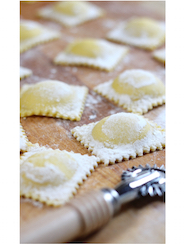
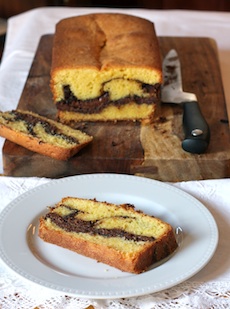
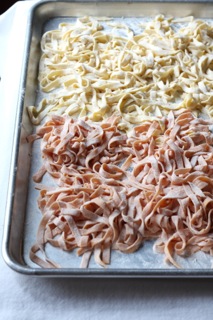
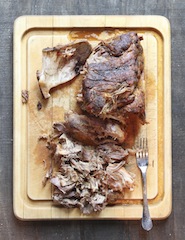

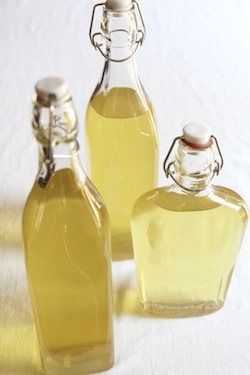
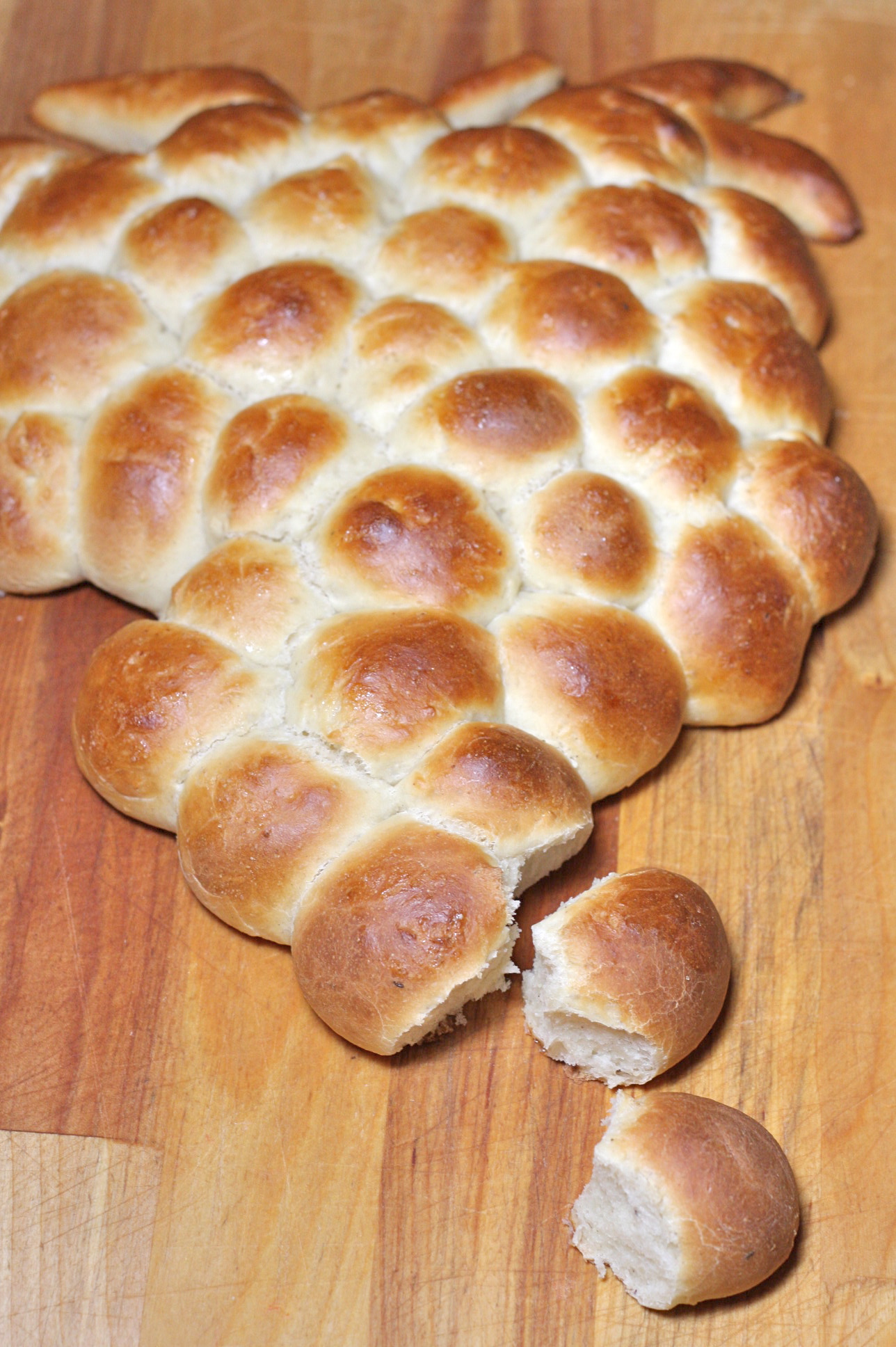
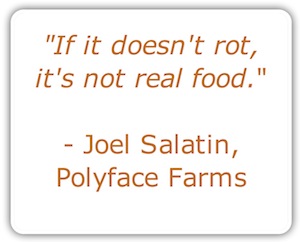
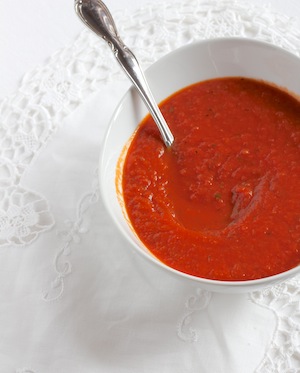


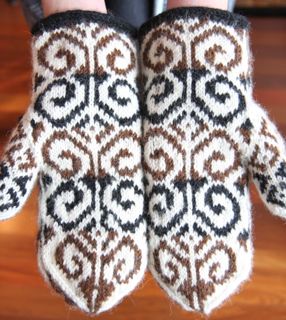
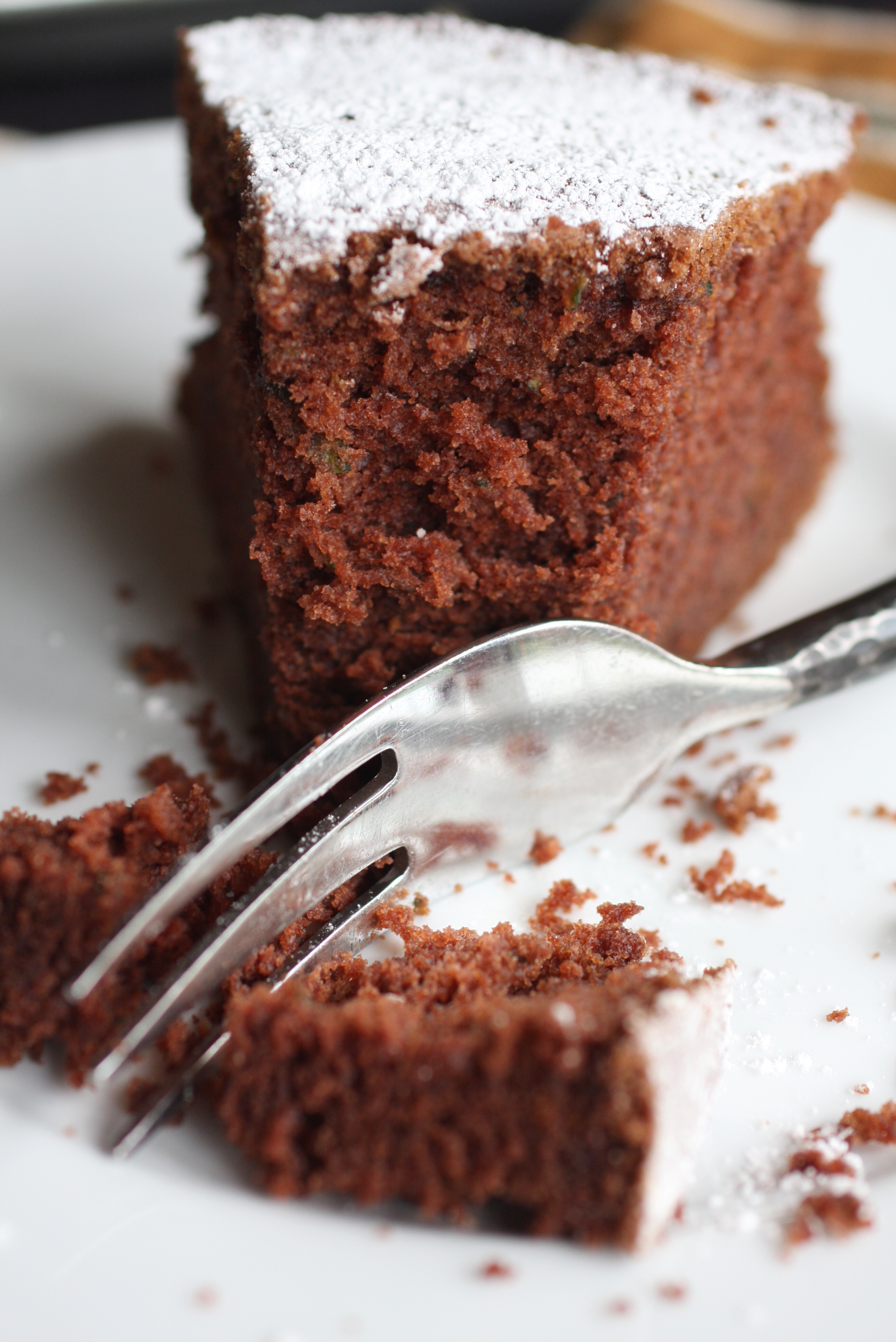


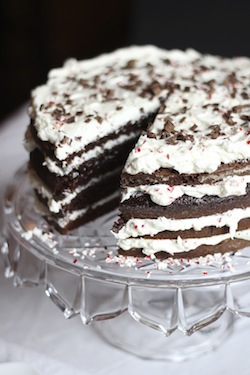

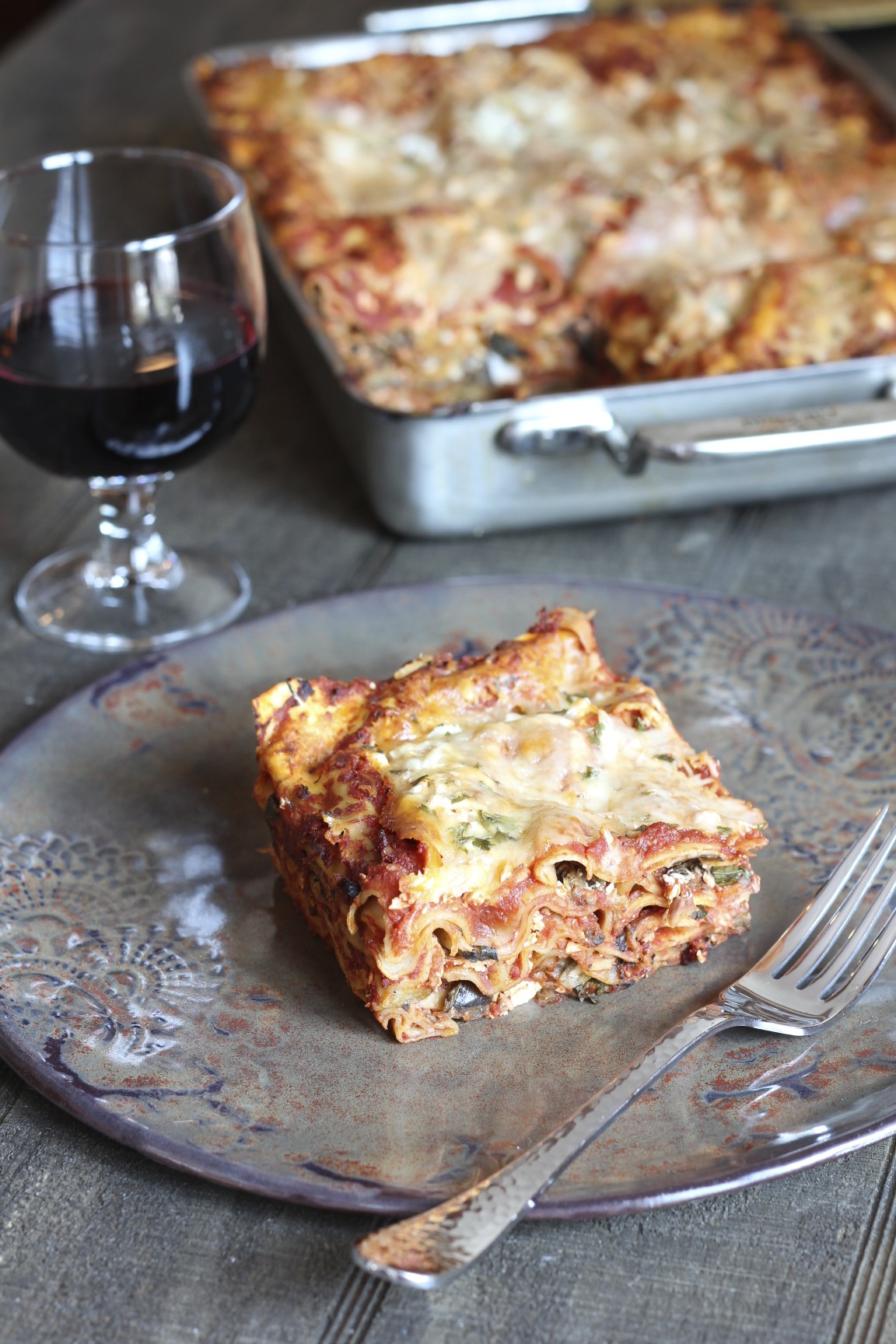
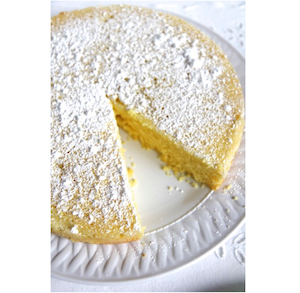

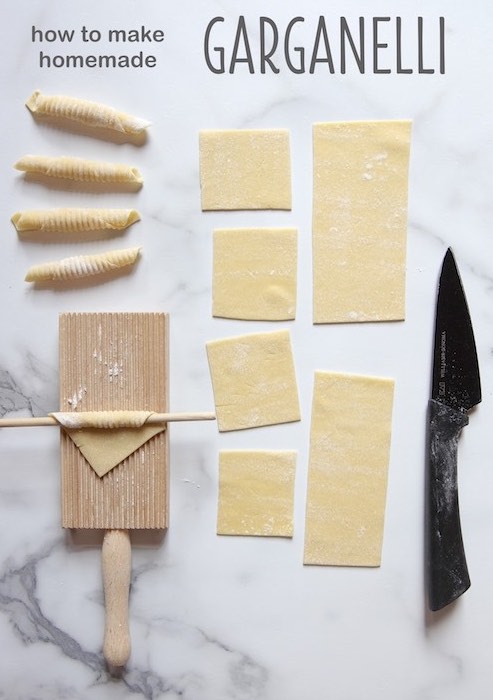

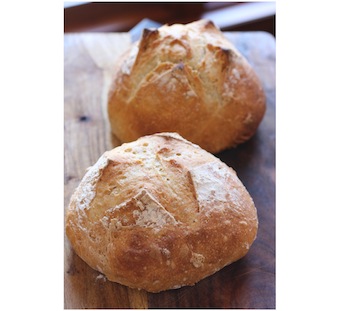


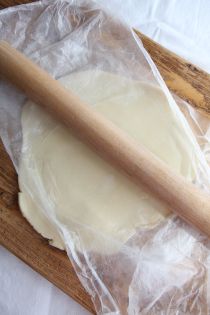
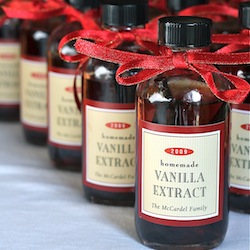
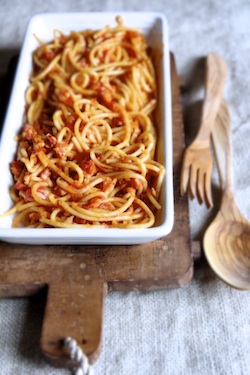
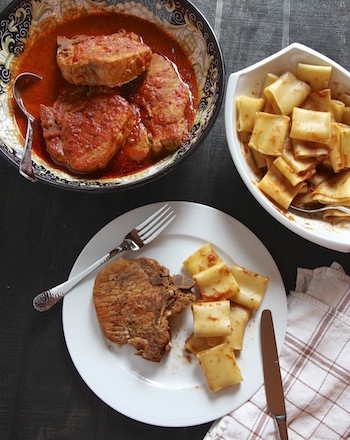

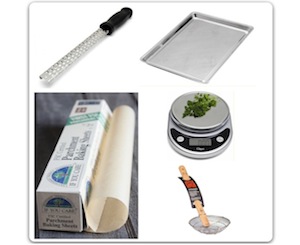







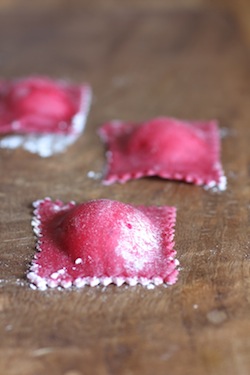


Reader Comments (23)
Finally! A good explanation. Thank you so much. I learned a lot.
I love posts where i learn something. I make Marcella Hazan's pizza dough recipe all the time, and I think it's perfect. I think I'll keep both on hand and refer back to this article. Good job.
Great post. Good explanation.
I will have to disagree with you about fresh yeast unless you are looking at the issue only from U.S. eyes. In other countries, many people still use fresh yeast. It is widely available there. Aside from that, you have provided a very good explanation about yeast. I'm thankful for all the advice. :)
This is very interesting.
This is extremely helpful, thank you! I am fairly new to bread baking and have wondered what is the difference between active dry and instant, and if they could be used interchangeably.
Hi Elaine, I hope you're feeling a little better. I just clicked on your Easter bread, can't wait to make it without preboiling the eggs! Have I told you I love your blog?
invaluable info, i try not to ever have to use yeast but at least now i know. pizza dough is about my only real exception.
Hi! This is great info. Would you have the conversion from fresh yeast to dry yeast? My boyfriend's mum (who is Italian) gave us the recipe using fresh yeast and it is hard to find here. Thanks in advance!
From The Italian Dish:
Jenny: Here is the conversion from fresh yeast to dry:
1/3 of a 2 oz. cake is equal to 1 packet (2-1/4 teaspoons) of dry yeast
Hope this helps.
Elaine,
I just discovered your blog via a Facebook link. I've added you to my list. I completely agree with you (and Reinhart) on instant yeast. At this very moment I'm making my favorite focaccia. The combination of sweet grapes, pungent rosemary, and crunchy salt on savory bread is so good that I have trouble topping focaccia with anything else.
Thank you!!!! I am wading my way through pizza dough, focaccia, (and pasta dough) this year while living in Tuscany. And demystifying yeast is a big part of this process!
hey,you have posted such a effectful article that it will certainly help me
Elaine,
I'm confused about the math and I'm no math expert. You mention multiplying the amount of instant yeast by 1.25 for the equivalent of active dry yeast. But then you say use less of the instant yeast. Was that correct or am I wrong. btw I really love your blog !
From The Italian Dish:
Yes, that's correct. You use less instant yeast than regular active yeast. So if a recipe calls for 2 teaspoons of instant yeast, you would multiply that by 1.25 to get the right amount of regular yeast , 2.5 teaspoons. Hope this helps.
invaluable info, i try not to ever have to use yeast but at least now i know. pizza dough is about my only real exception.GooDluck
Why is it that sometimes my bread will rise and sometimes it won't? I always proof the yeast and it does foam up but when I let the dough rise sometimes it does not rise lilke it should.
From The Italian Dish:
Helen: I never use active yeast - only the instant yeast, which I do not have to proof and I feel is more reliable. I have never, ever had my bread not rise. Make sure you use instant, fast acting yeast and make very sure your water is not too hot - it will kill the yeast. Other than, that, your bread should definitely rise. Keep trying!
I have an Italian recipe that calls for 1/2 cup of sweet yeast. what is sweet yeast. is it a 1/2 teaspoon of baking powder? Another recipe calls for yeasted flour...is that self rising flour?
thank you
robert
From The Italian Dish:
Robert: I don't know what sweet yeast is - you might want to Google that! As for self rising flour, that usually contains baking power. I have never heard of yeasted flour
Yeast doesn't like salt. Make a starter batter with small amounts of flour added and hold off on the salt until later when you are adding the rest of the flour. Rise can be negatively effected with too little or too much salt, bad dough handling and too much water rise times. I like active dry yeast. It takes a bit more skill but is better than paying so much for the little packets. It is best to learn a lot and not follow a recipe as there are times when you have to adjust things based on the environment. This also makes it so you learn more and can more quickly adjust to different ovens, altitudes, water conditions, etc.
I’ve been experimenting with instant yeast and none of my doughs seem to rise! I didn’t know I was killing the instant yeast by trying to proof it in warm water first.
Does that mean I need to change the liquid amount if the original recipe called for active dry yeast and I converted it to instant yeast? Or as you said, just add the instant yeast to the dry ingredients and then add the recommended liquid amount later?
From The Italian Dish:
Mara: You don't need to change the liquid amount in a recipe that calls for active dry yeast. Just skip the step about proofing the yeast and and the instant yeast to the dry ingredients. The liquid amount will remain the same (remember to use less instant yeast though - you don't need as much of that as the regular active dry yeast).
Remember to not use hot water, just warm water and place your dough in a nice warm place to rise. You shouldn't have any more trouble! Hope this helps.